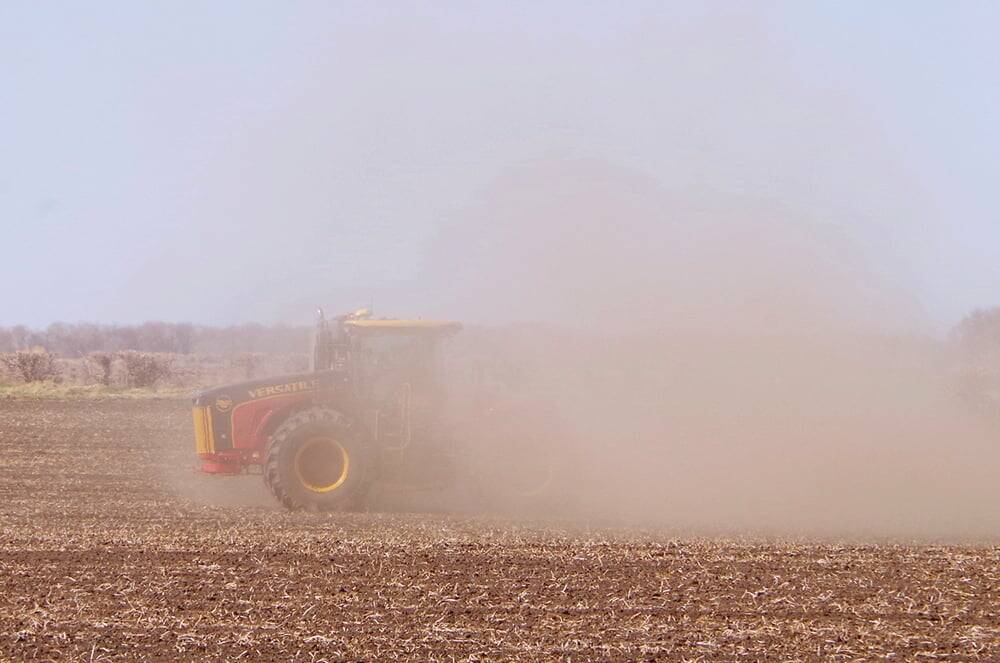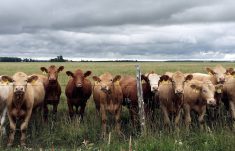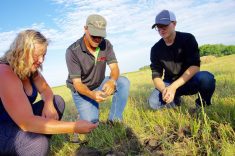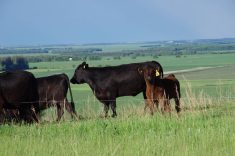I recently caught a panel discussion at the Canadian Farm Writers Federation conference in Winnipeg on the role of farm media in fostering change in farming.
The discussion revolved around agriculture media’s coverage of adoption, or lack thereof, of new or emerging technology or processes.
One of the participating farmers spoke of a drawback to being an early adopter of a beneficial management practice or technology. Most farmers want to be good stewards of the land and environment — and when new technology seems promising and a feasible opportunity arises, they’d like to try it out.
Read Also

OPINION: Immigration policy needs labour gap nuance
A federally imposed, one-size-fits-all immigration crackdown fails when it comes to Canada’s regional labour needs.
Problem is, he said, adopting that new technology or system will cost you — and what’s worse, only after you and other early adopters have proven the concept, along come governments with grants or other incentives for your neighbours to follow suit.
In effect, you’ve been penalized for early adoption, he explained, so what’s the point?
What’s needed in lieu of such grants, he said, is a tax credit for innovation in farming — which sounded more than reasonable while I sat there taking notes, but the metaphorical devil will be, as always, in the details.
For one thing, who gets to define “innovation?” Well, for tax purposes, it’d be government — the same folks who waited for proof of concept before offering up those grants for adoption of approved BMPs.
Frankly, they have good reason to be hesitant. No bureaucrat, nor anyone else, wants to see their name in an auditor general’s report in two or five or 10 years, detailing potential tax revenue lost in credits granted to bad ideas, or to good ideas executed badly, or to snake oil salesmen, etc.
Therein lies the catch-22. I wrote a few months ago about Canada’s glacial pace of approvals for new crop chemistry — a topic our colleagues at the Western Producer recently covered extensively.
For the sake of our competitiveness as an ag-exporting nation, we need nimble, flexible decision making, but the safety of the public (and its tax dollars) demands thorough due diligence.
‘Overly reliant’
It dovetails with a recent report prepared by Farm Management Canada for the Canadian Agri-Food Policy Institute (CAPI), titled “Striking the Balance: Proactive Strategy Versus Reactive Response.” The key premise was that Canada’s ag sector has been “overly reliant” on the government suite of business risk management (BRM) programs such as crop insurance, AgriStability and AgriRecovery as “the only risk management solution.”
CAPI calls for a shift in focus to “proactive planning, prevention, and preparedness through skills development, advisory services and incentive-based programming.”
BRM programs now in place “are largely reactive, helping farmers cope with the fallout from weather events, market fluctuations and trade policy,” the report says. “What is missing is a concerted effort and programming to help farmers become more proactive, by planning ahead and developing the skills and practices to build their capacity to face future challenges with confidence and certainty.”
Put another way, it proposes to shift your focus away from paying fire insurance premiums, toward building the house least likely to burn down.
The report doesn’t propose scrapping those programs farmers need to react to disasters, but rather notes “the long-term resilience and prosperity of Canadian agriculture depend on shifting the balance toward proactive strategies.”
And don’t even get it started on AgriInvest, which the report calls for “re-examining and possibly eliminating,” as it “has minimal impact on supporting risk management.”
Of course, it acknowledges, “while some of these recommendations require financial support, others simply require effort. In any case, in order to be successful, they all require sustained, nationally-led and co-ordinated support.”
Interestingly, it also calls for a major review of risk management extension programs in Canada, “including the possibility of adopting and/or adapting the U.S. extension model.” And it would “incentivize comprehensive risk assessment and planning through grants, tax credits and improved access to risk management programs.”
It’s an interesting concept, to be sure, and not unheard of. Many years ago I chatted with a CEO who was a proponent of this idea in his personal life, preferring to invest in risk mitigation rather than insurance wherever possible. I mention he was a CEO only to burnish my point that this form of risk management takes some serious upfront investment.
All this brings us back to our farmer friend at the conference, and his concern that early adopters are essentially penalized for investing in beneficial practices and technology before government gets in on it.
I can’t say to what extent CAPI already has the ear of decision-makers who would be on the hook for any grants, tax credits or other supports for this sort of risk management. But if it does, where’s the incentive to continue for any farmers who have long since started work to reduce their reliance on BRM programs? Should they just put that effort on hold now until public funding comes along?
















